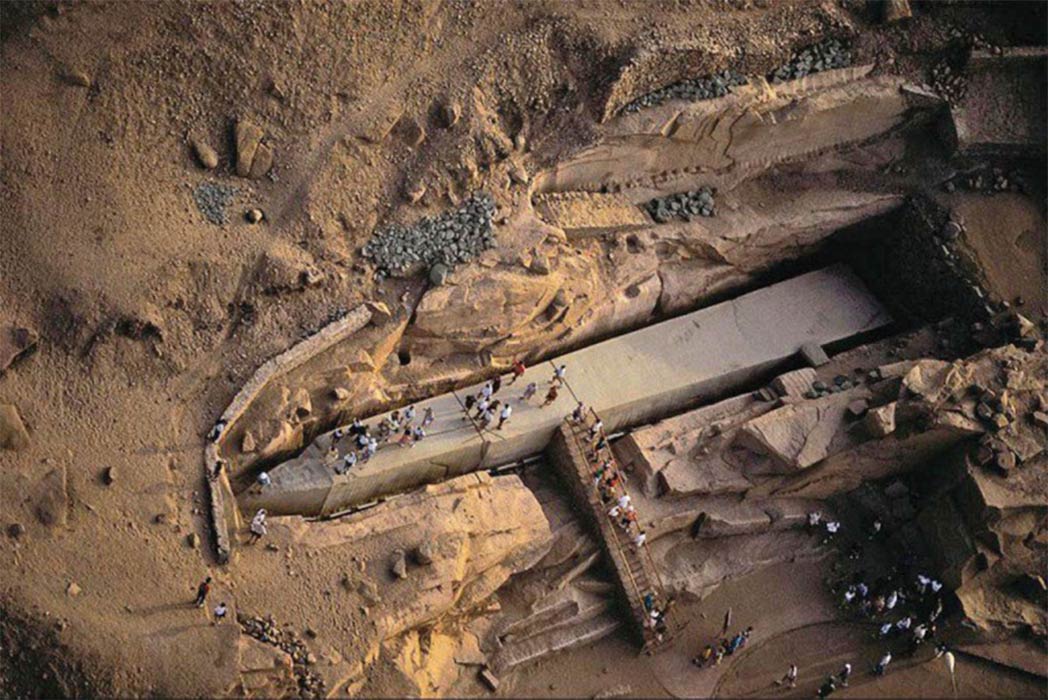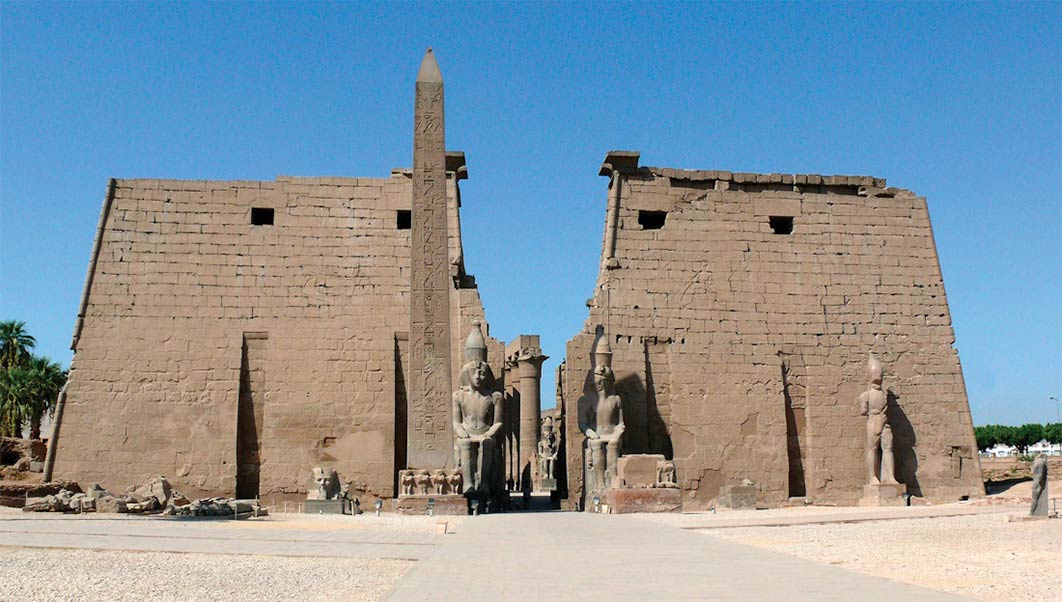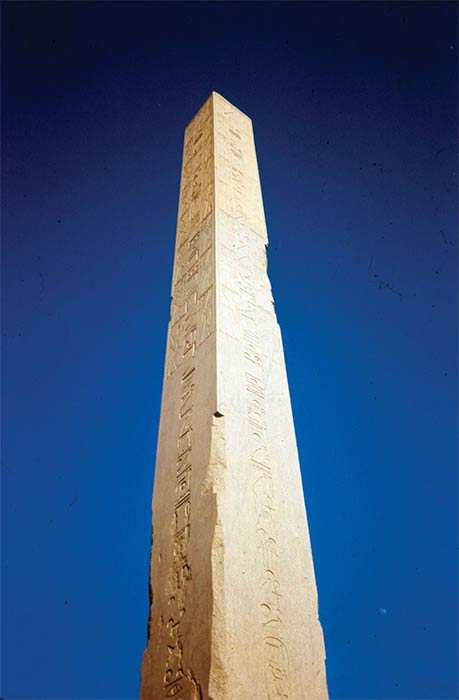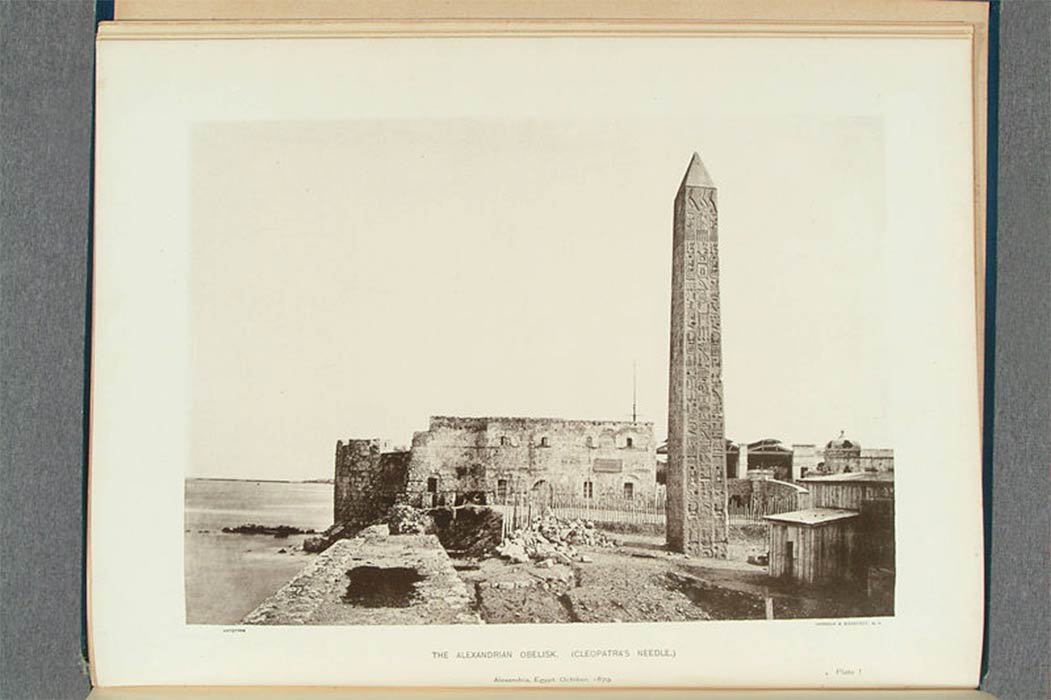
The Enigma Of The Unfinished Obelisk At Aswan
The standard definition of an obelisk is a monolithic stone monument whose four sides, which generally carry inscriptions, gently taper into a pyramidion at the top. These massive, pointed shafts of polished granite were often capped with gold. Their size undoubtedly made them extremely difficult to move and raise. The real purpose of these obelisks could have been to act as antennas for receiving and possibly for transmitting energy or other signals such as radio or homing beacons.

Pylons and Obelisk At Luxor Temple (Image: © David Hatcher Childress)
Obelisks Of Dynastic Egyptians
The dynastic Egyptians, however, used them for different purposes, mainly as monuments. The dynastic Egyptians, who had lost the underlying science, sometimes moved various obelisks from their original sites, currently unknown, and placed them as monuments in temples at Karnak, Heliopolis and a few other places. At some sites, such as Karnak, it seems that the obelisks were already standing when the immense temples with their walls and massive columns were built around them. Typically, the dynastic Egyptians would erect two obelisks in front of temples. There are exceptions to this, such as Hatshepsut’s obelisk in the temple of Karnak and the Unfinished Obelisk, which does not seem to have a twin.
However, without a doubt, the dynastic Egyptians carved and erected some of the smaller obelisks. The larger obelisks were probably already fallen, or perhaps still in place, and then reused during dynastic times. Whether the ancient Egyptians had the technology to quarry, transport and erect huge obelisks is still a very serious debate today. While huge, erect obelisks are a simple archaeological fact, how they came to be where they are is a major mystery.

Erect Ancient Obelisk (Image © David Hatcher Childress)
Still unexplained are the following questions: How were obelisks quarried? How were obelisks removed from the quarry and transported? How were obelisks moved onto the ships and later moved off? How were obelisks transported to the erection site? How were the obelisks erected? What was the purpose of obelisks since it was such a tremendous effort to do all of the above? While reasonable guesses and logical theories have been advanced for some of these questions, questions as to the exact techniques employed and various other mysterious elements remain. Explanations such as those advanced by some theorists about the use of stone balls, rollers, and hardened copper saws have their problems.

Artotypes of the removal, transport and erection of Cleopatra's Needle from Egypt to the Metropolitan Museum in New York in Egyptian obelisks (Public Domain)




